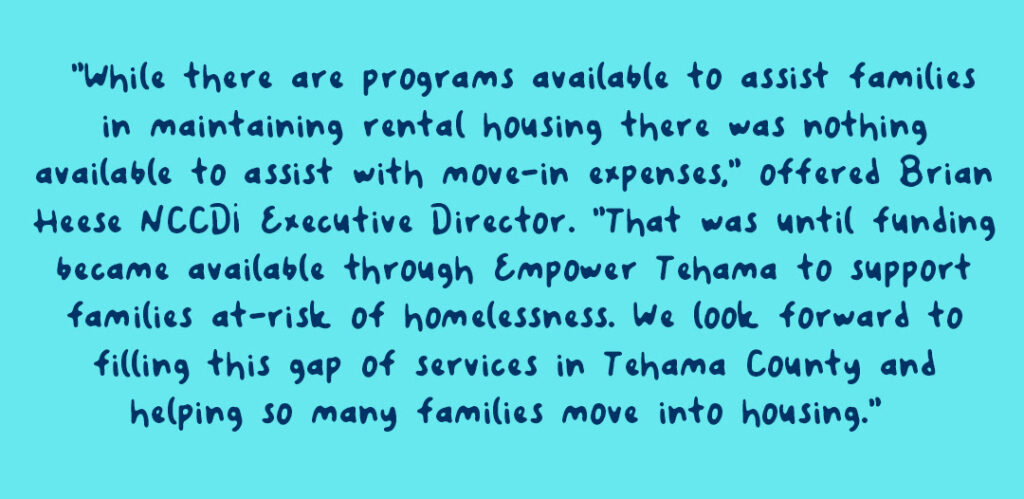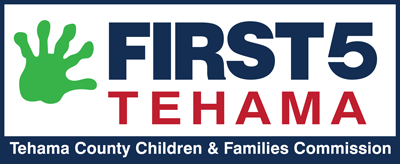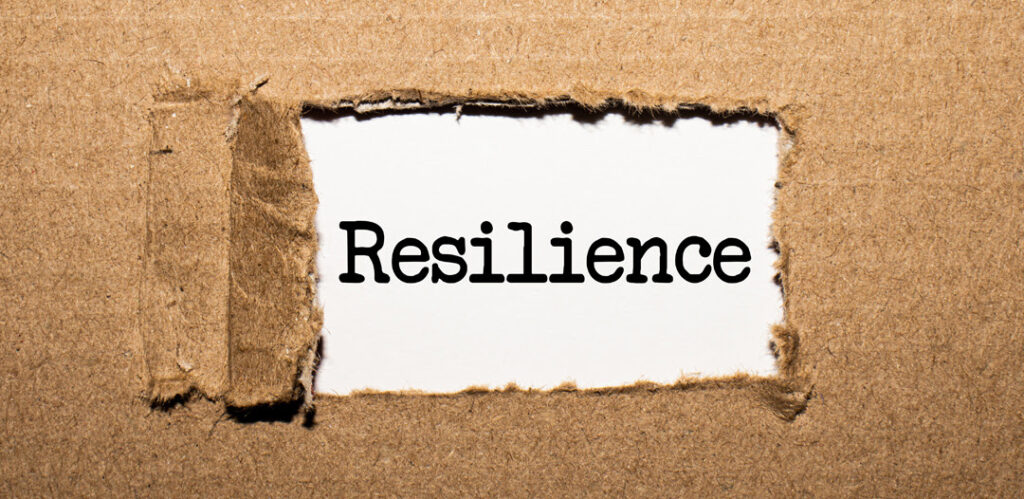
THE DATA IS IN: FAMILIES CRAVE RESILIENCY
Let’s dig into resiliency. Some call it “toughness,” while others often refer to it as “grit.” However, no matter how you choose to define it, this one little word is how children, families, and adults can overcome insurmountable obstacles while others continue to struggle. By definition, resiliency is a positive progression despite experiencing trauma or ongoing adverse experiences at any age. And, despite the wives’ tales suggesting that you are either “born with grit” or you are not, both social and biological sciences come into play here; the science is crystal clear. We can teach and develop the conditions to build resiliency.
To foster resiliency in children, parents, families, and adults, it makes sense first to examine what bolsters this character trait. The Six Domains of Resilience for a human at any age include vision, composure, reasoning, health, tenacity, and collaboration. What do these really mean? The vision encompasses goals and a sense of purpose for life, while composure relates to regulating emotions to minimize overreactions and unnecessary stress. Reasoning includes creativity and problem-solving with the ability to anticipate and plan, while tenacity involves persistence and realistic optimism. Health embraces nutrition, sleep, and exercise. Finally, and most importantly, collaboration embraces social connections, support. Why is this last component most important, you ask? Because social connections are the key to making all of the other factors work. To learn more about this resiliency element, CLICK HERE.
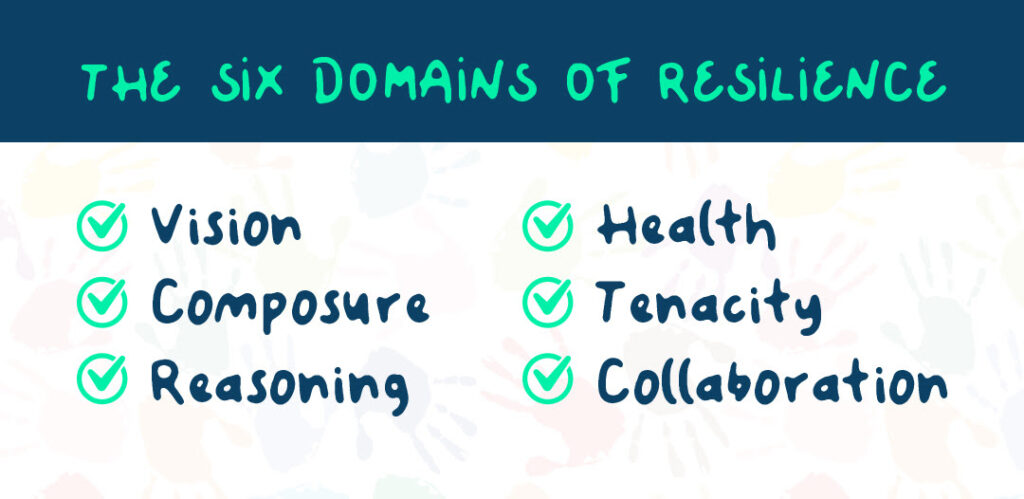
With this in mind, how does a community grow resilience?
Organizations, businesses, healthcare, and other non-profits must provide resources that bolster each factor with collaboration as a core ingredient. This is easier said than done, right? Well, maybe not. First 5 Tehama, in partnership with ASR and funded by the Home Visitation Coordination Grant, conducted a scan to identify and access early childhood resources currently available in Tehama County. This inspection revealed some critical understandings of the rich assets available to create resiliency and showcased some inspiring strengths that Tehama County has established. Following studies, it’s clear that home visitors build resilience like no other. Not only do all of their curriculums center around the key six domains outlined above, but connection also is the focal point of their work. When asked, home visit workers describe their purpose in the context of relationships above all else. And, we’ve already recognized that this is the most significant predictor of resilience – collaboration and social connectedness.
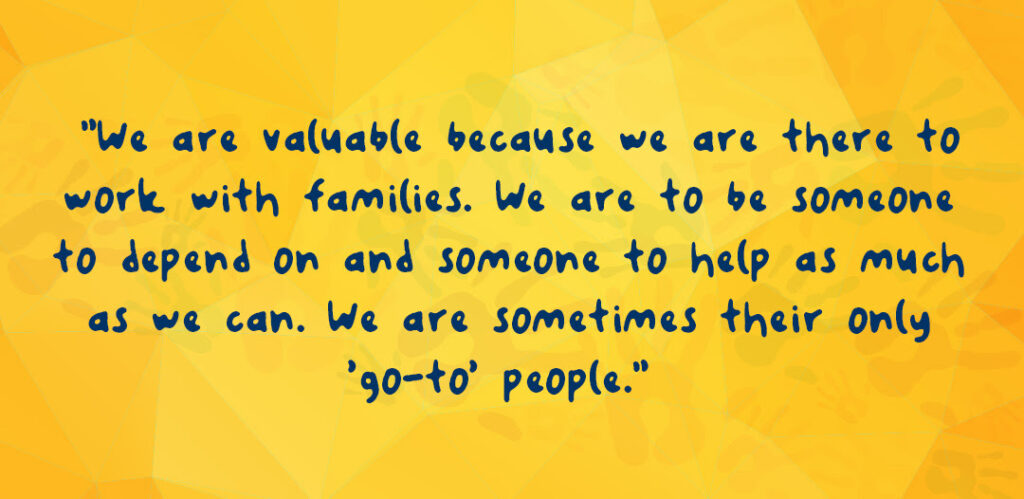
Are home visitation programs the only ACE in the hole? This foundation is one key piece of the puzzle, but providers report that families ask for more. While we have countless resources available, we continue to face one major hang-up. Parents and guardians are often unaware of all that is out there. Finding ways to connect families to these excellent supports continues to be the primary obstacle. Recently, we found that many parents report that they learn about available resources via two primary sources. Parents glean the most information from social media and programs in which they are already connected. The concerning element about this knowledge is that parents who aren’t involved in any programs will most likely miss out on new offerings and related opportunities. What’s even more concerning is that current data shows families in Tehama County are in need now. They are asking for the following resources in a handful of impactful categories.
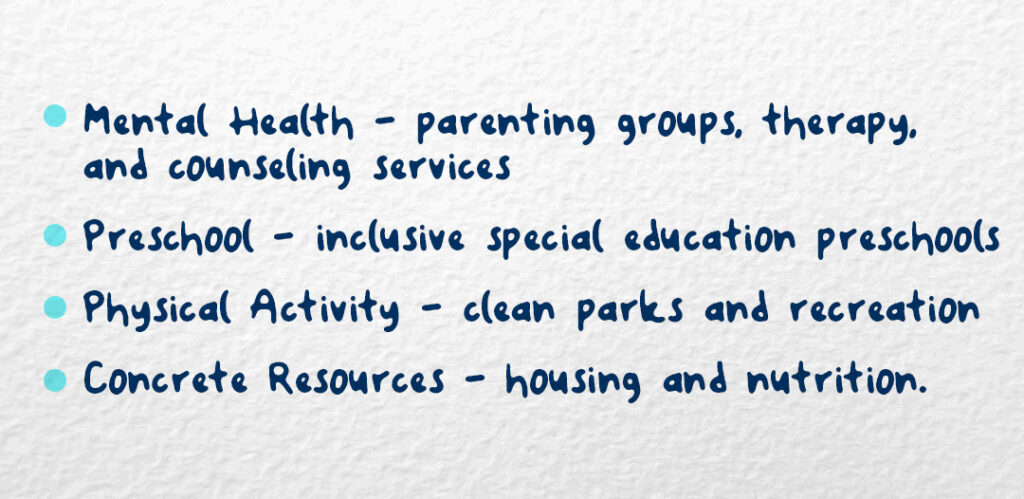
With these needs in mind, ensuring that we navigate the correct support systems on a local level is more important than ever. Programs like Help Me Grow Tehama and collaborations like the ACEs Aware Planning Grant are critical components in this navigation need. The positive news is that Tehama County already has a base of terrific programs that support these needs. Although there are gaps, our area is on the right track. What’s important to note is that our county has families and organizations willing to fill the service “holes.” Countless entities and individuals are nimble enough to shift and expand to chase down viable opportunities for the community. The best part is they have already begun to do so.
So, the question is, “Now that we have this information, what can we do?” We can use our precious local resources, such as the American Recovery Act, to ensure that the needs of children and families continue to be prioritized. We have the power to set up our people – those same people who voiced a need for access to resilience resources. A focused effort to allocate 5% of the ARP Local Fiscal Recovery Funding to our county’s children during their first five years will help secure access to resiliency resources and healthy lifestyles at a formative age by using our already committed, passionate, and thriving community resources. Just 5% can increase the number of home visitors to support children as they transition into TK and Kindergarten. Just 5% will increase inclusive resources, local recreation opportunities, and activity playgroups. Just 5% will bolster current resource navigation and more efficiently use the programs our area already supports. Just 5% gives Tehama County families the vision and hope that our community values the health and success of our youngest members. Just 5%.
